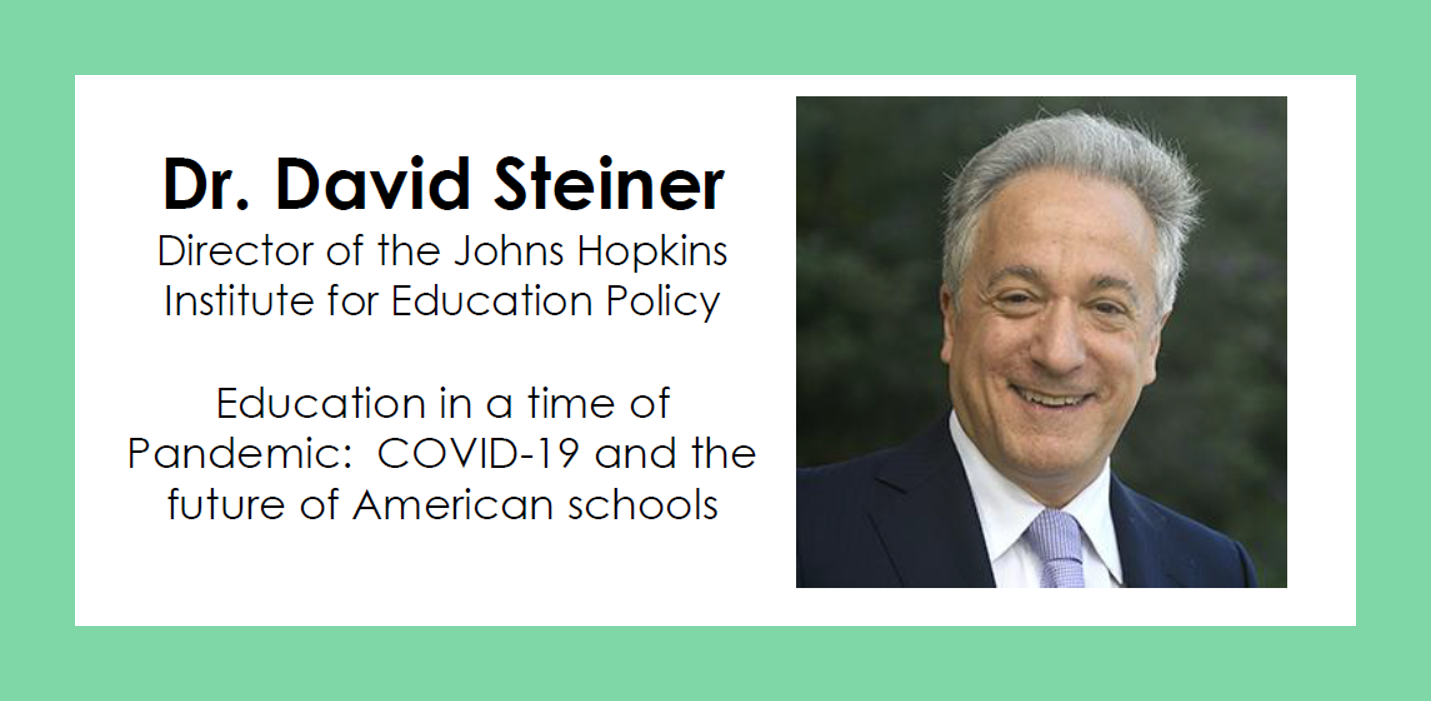
Part 1 of this series is available here; part 2 is here.
Step by Step Learning didn’t let the pandemic stand in the way of putting on an engaging and informative conference. In the service of SBSL’s mission to help schools deliver evidence-based teaching and learning, the event focused primarily on pK-3 literacy.
The conference spanned three days, with a star-studded roster of presenters featuring:
DAY 1: Emily Hanford, Timothy Shanahan, Joan Sedita, Freddy Hiebert, Lucy Hart Paulson
DAY 2: David Steiner, Howie Knoff, Nancy Mather, David Boulton, Jan Hasbrouck
DAY 3: Marilyn Jager-Adams, Anita Archer, Kevin Colleary, Nadine Gaab, Amanda VanDerHeyden, Laura Buccanfuso
Day 2 kicked off with the impact of COVID-19 on pK-12 education in the United States.
Education in a time of Pandemic: COVID-19 and the future of American schools
Dr. David Steiner, Director of the Johns Hopkins Institute for Education Policy, started by restating an age-old question with respect to the purpose of education: is it to prepare students for a vocation, to develop their “whole selves,” or equip them to be civic actors on a local, national, and perhaps global level. Of course, the answer is, “it depends”--different learners will have different needs. And likely, these needs will spill across all three of these purposes.
Dr. Steiner reminded the participants of a lesser-known aspect of pK-12: older students are likely to be less affected than younger ones, as research shows that developmental and cognitive gains are the greatest in the early years. Of course, this does not suggest that the pandemic presents no negative educational consequences for the older students.
The talk wasn’t all seriousness. Participants’ faces lit up with smiles, one imagines, at Dr. Steiner’s “Lake Wobegon” observation: 92% of parents think their children are at or above grade level. With well-prepared students entering Kindergarten and a strong school system, this result might actually be attainable--the goal of education should be to get every child to mastery. The reality, however, isn’t there yet, and it’s not even close: nationally, only 40% of children are at grade level.
The real optimism came in the form of the silver lining to the pandemic cloud--it’s imperative for policymakers, teachers, and parents to rethink everything about pK-12 education and use the natural experiment that’s occurring to find out what works better than the status quo.
When Everyone is Thinking Alike, No One is Thinking: Ten Multi-Tiered Practices that Explain Why Students Ain’t Learning
Dr. Howie Knoff, President, Project ACHIEVE Educational Solutions, began his session with reasons why the 2001 No Child Left Behind program’s Reading First effort didn’t work to move the needle.
- A number of the most successful, research-based reading intervention programs were excluded (e.g., Dr. Robert Slavin’s Success for All). To be fair, Reading First was more about process than product, but effective principles of instruction should have been drawn from as many successful programs as possible.
- Cognitive development and learning/pedagogical research was not well applied.
- Psychometric principles of assessment around personality and cognitive measures were violated.
- Professional development principles were ignored (training was one-time or limited, not ongoing via trained coaches).
- Common sense was lost (sadly, if he elaborated on this point, his thoughts weren’t captured).
That attention-getter in place, Dr. Knoff turned his attention to outline practices that align with the “multi-tiered system of supports” (MTSS) framework … and that, in his opinion, would have helped overcome the Reading First deficiencies.
The Massachusetts Department of Elementary and Secondary Education’s definition of MTSS works as well as any:
A Multi-Tiered Systems of Support (MTSS) is a framework for how school districts can build the necessary systems to ensure that each and every student receives a high quality educational experience. It is designed to support schools with proactively identifying and addressing the strengths and needs of all students by optimizing data-driven decision-making, progress monitoring, and the use of evidence-based supports and strategies with increasing intensity to sustain student growth.
They key takeaway from Dr. Knoff’s presentation was the importance not just on addressing academic needs, but also behavioral needs. Addressing both needs requires effective assessments, which will reveal where the teacher should focus (as listed in his 4th MTSS practice).
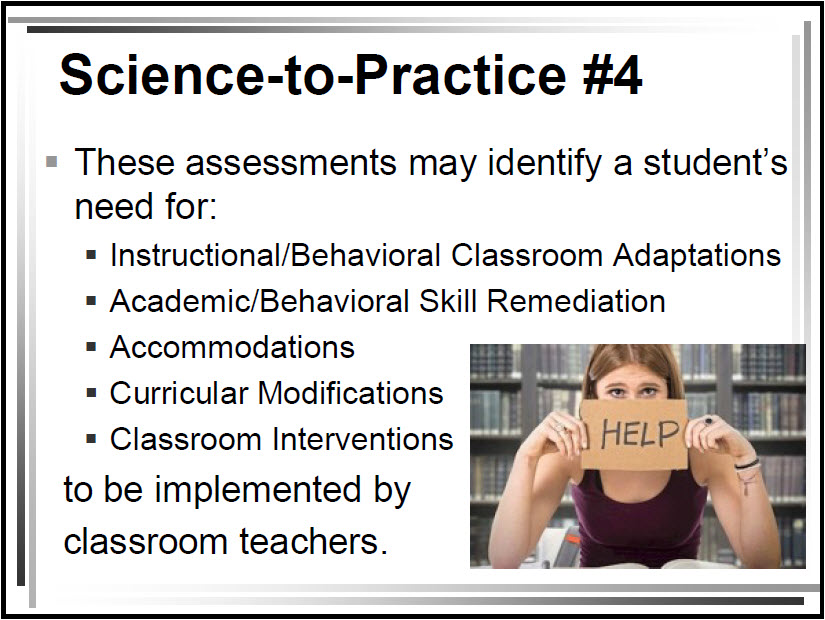
Effective diagnostic assessments will point to corresponding interventions (that is, targeted instruction) at one of three tiers (per his 8th MTSS practice). Roughly speaking, Tier I instruction is on grade level, Tier II is for students up to 6 months below grade level, and Tier III is for students more than 6 months below grade level. Again, importantly, these interventions may be academic and/or behavioral in nature.
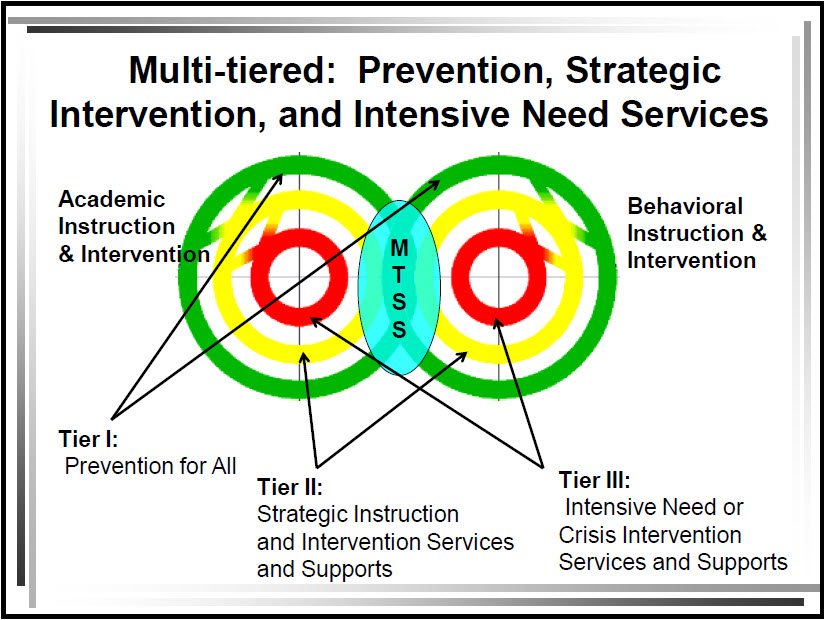
A more complete consideration of Dr. Knoff’s MTSS practices, “A Multi-Tiered Service & Support Implementation Blueprint for Schools & Districts: Revisiting the Science to Improve the Practice,” is available for complimentary download here.
The Essentials of Dyslexia Assessment
Dr. Nancy Mather, professor and author, took a deep dive into the assessment of dyslexia. Dyslexia is not, as some would have it, undefined. Rather, there is both a consensus on what it is as well as a precise ability to diagnose.
Dyslexia a “specific problem in the development of word reading, reading rate, and spelling. It affects the development of automaticity with sound-symbol connections. … It is the most common specific learning disability. 70%-80% of referrals to special education involve concerns about reading development.”

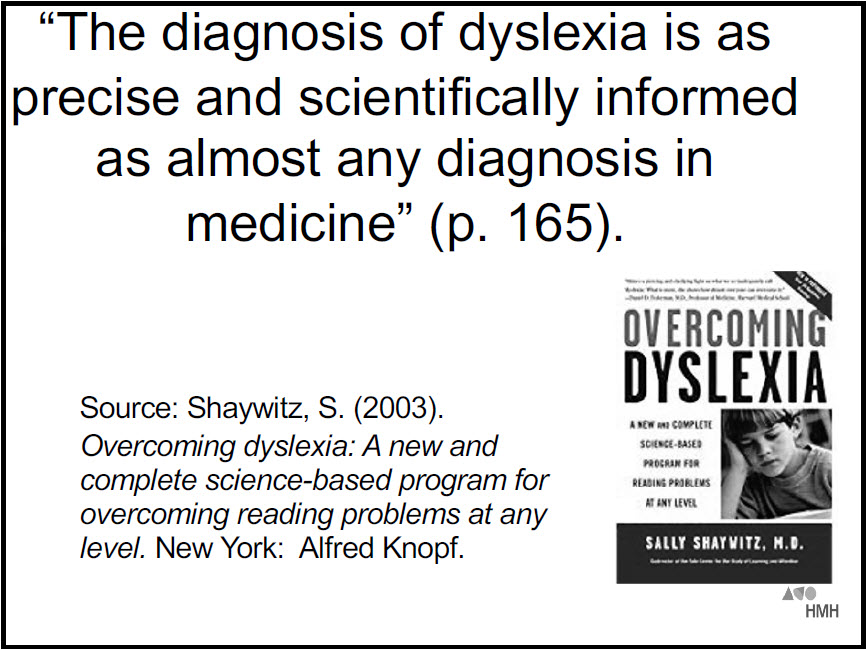
Dr. Mather described the two most important phonological awareness abilities for early reading and spelling:
- Sound blending (being able to connect, for instance, the sounds for the letters “c,” “a,” and “t” to form the word “cat”): provides the basis for learning phonics
- Segmentation (conversely, being able to separate out the sounds for the letters “c,” “a,” and “t” from the word “cat”): provides the basis for sequencing sounds when spelling.
Ultimately, dyslexia can be caused by problems in phonology, orthography, or both.
- Phonology: the sounds of a language
- Orthography: the marks of a writing system, including the spelling patterns
Flipping Learning to Read
Dr. David Boulton, learning activist, shared thoughts on a novel perspective on reading instruction. His session was “beyond the scope of this post to characterize” … MITili-speak for not being able to attend.
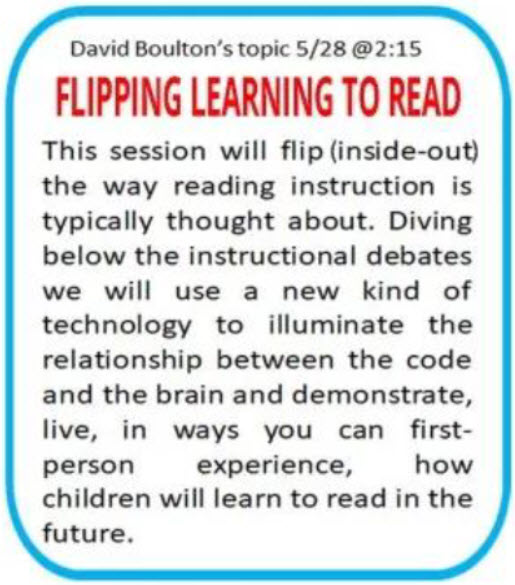
Teaching Students to Read Fluently: Instruction and Intervention Across the Grades
Dr. Jan Hasbrouck, educational consultant and researcher, discussed fluency and one of its common measures, correct words read per minute. While this measure has meaning, its meaning isn’t exactly fluency. That is, fluency is not about being fast, as her International Literacy Association article by that name that she co-authored with Deb Glaser explains.
Rather, fluency is …
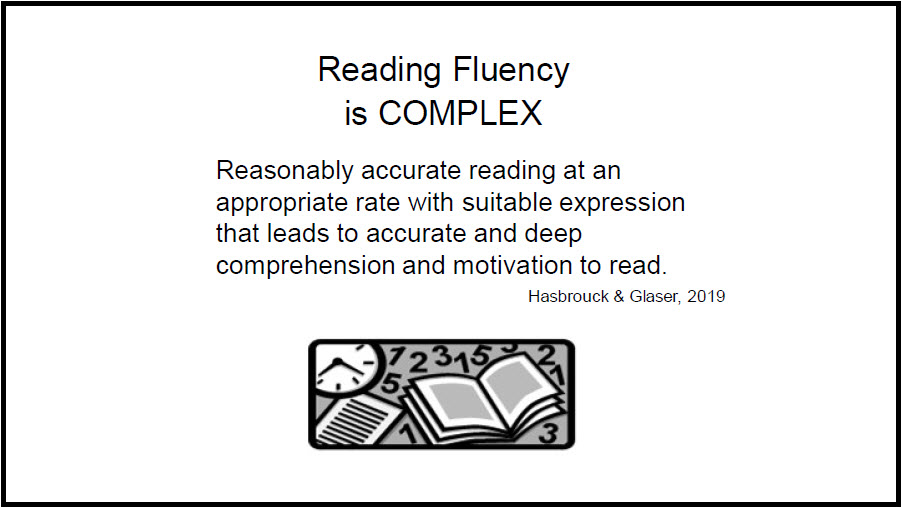
Straight Talk By the Experts - Post 3 Wrap-up
The Straight Talk by the Experts presentations described in post 1, post 2, and above align with literacy work at MIT. Two such examples come from the work of MIT Media Lab Professor Cynthia in her Personal Robots group.
Personalized Robot Storytelling Companion
https://www.media.mit.edu/projects/collaborative-robot-storyteller/overview/
Could a social robot collaboratively exchange stories with children as a peer and help improve their linguistic and storytelling skills? We use machine learning algorithms to develop Companion AI to make robots learn to be helpful to young learners. Our robots learn actions that improve children's storytelling and keep them engaged. We are also interested in how a social robot can personalize its interaction with each child over multiple encounters, because every child learns and engages differently.
Curious Learning: Understanding learning behaviors for early literacy
https://www.media.mit.edu/projects/curious-learning/overview/
Early literacy plays an important role in a child's future. However, the reality is that over 57 million children have no access to a school and another 100 million attend such inadequate schools that they will remain functionally non-literate.
Curious Learning is an open platform that addresses the deployment and learning challenges faced by under-resourced communities, particularly their limited access to literacy instruction.
We are developing a system of early literacy apps, games, toys, and robots that will triage how children are learning, diagnose literacy deficits, and deploy dosages of content to encourage app play using a mentoring algorithm that recommends an appropriate activity given a child's progress.
Literacy remains a crucial gateway to learning. Innovative work such as that of Dr. Breazeal and her colleagues reflects the importance of that gateway.
Stay tuned for Straight Talk By the Experts post 4, which will wrap up the series next week.